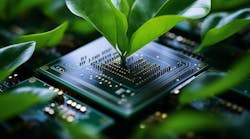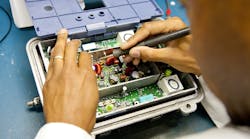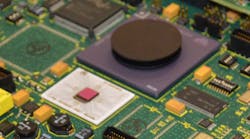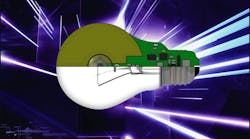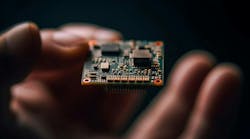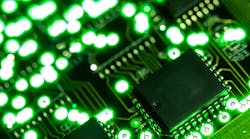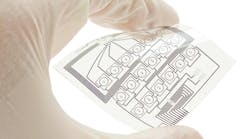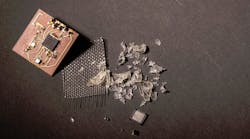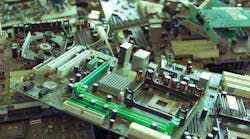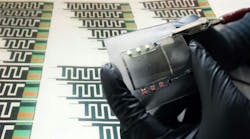Take our Earth Day poll regarding sustainability.
If you know anything about the concept of the circular economy, you probably know its core principles: reduce, reuse, and recycle. Electronics companies are under growing consumer and regulatory pressure to be more sustainable, but the broader industry is, by any metric, struggling to limit its environmental impact.
Electronic waste is on the rise. Over 50 million tons of e-waste are discarded globally each year, with less than 20% of the raw materials and components inside these devices being recycled.
Earth Day Poll
Consumer electronics, for instance, is a numbers game. Most companies may not have any economic incentive to build more durable devices that can last longer before they must be replaced. On top of that, most companies and consumers aren't reusing these devices or the parts inside at the end of their lifespan. That's largely due to the difficulties of repairing them, replacing obsolete components, or upgrading the software without overtaxing the hardware.
While the business of recovering precious metals and other valuable materials from electronic waste is booming, there are limits to recycling. In most cases, the circuit board and other devalued components are tossed out or incinerated.
But electronics engineers are uniquely positioned to make a difference. With up to 80% of a product’s environmental impact locked in at the design stage, engineers find themselves on the front lines of the effort to make the electronics industry more sustainable and prevent the piling up of colossal amounts of electronic waste. The decisions made early in the design process can influence how long the device can last before it must be replaced; whether it can be repaired, upgraded, or reused; and what will happen to it at the end of its useful life.
In this roundup, Electronic Design dives into the electronics industry's efforts around sustainability. If you have any thoughts about what we should cover in the future, please leave a comment or respond to the survey.
Sustainable By Design: Is It Possible for Electronics?
The Search for More Sustainable Silicon Chips
New Materials for the Age of Sustainable Electronics
Additional Resources
Released in 2024 by the Circular Electronics Partnership (CEP), the Circular Electronics Design Guide gives electronics companies and engineers a blueprint to integrate circularity into their design processes. The guide presents insights for building devices that are easier to repair, refurbish, and recycle. It is free to download.
Read More About Electronic Design
About the Author
James Morra
Senior Editor
James Morra is the senior editor for Electronic Design, covering the semiconductor industry and new technology trends, with a focus on power electronics and power management. He also reports on the business behind electrical engineering, including the electronics supply chain. He joined Electronic Design in 2015 and is based in Chicago, Illinois.



